Strength Training
Examples- Weight Lifting, Strength Training
Why?
The heavier the weight you lift the more muscle fibres are recruited. The more muscle fibres that are recruited, the more energy is required to make it all happen. EPOC (excess post-exercise oxygen consumption), is also a by-product of strength training, meaning you will continue to burn calories for hours after you finish your workout.
Power
Examples- Olympic Lifting, Plyometrics, Sprints
Why?
Although power training has more of a "neural effect" as the central nervous system is one of the main things to get conditioned, we can also burn a number calories performing it. Plyometrics and sprints are commonly used by many strength coaches to get the nervous system fired up and increase their athlete's metabolic rate at the beginning of a session.
HIIT (High-Intensity Interval Training)
Examples- Circuit Classes
Why?
With a new wave of boutique class brands such as "soul cycle", "core collective" and "ko box" HIIT has become the preferred method to get clients sweating and leaving with a huge endorphin high. The work: rest ratio for HIIT is usually 1:1 or 1:2. For example, you work for 30 seconds then rest 30 seconds and repeat it 10 times.
Some of the harder classes will give you 45 seconds work and just 15 seconds rest. Perhaps not so good for high-quality exercise form, but guaranteed to make you sweat which is what most clients need to have to feel they had a good workout.
Slow Steady Cardio
Examples- Walking in the park, swimming, slow jog
Why?
The beauty of slow steady cardio is that if you do it for a reasonable amount of time (20-60 minutes) it can be very relaxing, decrease stress and burn calories whilst you do it. Slow steady cardio is also the least stressful on the CNS (central nervous system) so you won't feel fried afterwards and you will still have some will power afterwards.
The downside is that as soon as you stop moving the calories stop getting burned.
What is the most effective?
Hybrid- dynamic mobility, power work, full body resistance workout, HIIT at the end
Why?
So the most effective fitness businesses actually use a hybrid of each type of training for longevity, reduced risk of injury, variation to keep it interesting and enough tough stuff to get results.
The dynamic mobility is done at the beginning of the workout to prep the body for the workout ahead as well as reduce the chances of injury 6 months from now.
The power work is done the fire up the CNS and increases heart rate.
The full body resistance workout is where the good stuff happens. The upper and lower body split works the most amount of muscle increases the heart rate and burns the most amount of energy. The resistance work also mobilises the fat. If training is done at the right intensity then EPOC will happen.
The HIIT is done at the end and burns off the fat that was mobilised from the resistance training. The HIIT will also burn additional calories and add to the EPOC effect created earlier.
Modified Strongman Circuits
Why?
For those of you who have ever watched the massive strongmen on Eurosport lifting cars, stones, tyres and throwing massive objects around this I actually one of the best ways to burn the most calories. The only downside is that you need quite a variety of equipment and if you are not structurally sound, may get injured.
Just to be clear, the reason these strongmen appear so fat is because of the sheer amount of calories, muscles mass and overall weight they need to move these objects at a competitive level. It is not unusual for these guys to be consuming 6000-8000 calories a day just to meet this energy requirement. You are not going to get that from spinach and broccoli not matter how hard you try.
The energy required to lift, pull, push, carry and throw heavy things around is huge. Also if you keep the rest to a 1:1 or 1:2 work: rest ratio, the fat literally melts off.
Yours In Health
Patrick Fallis
Founder of Leaner
www.leaner-uk.com

